Mihyang (미향)
16.9Km 2025-05-20
1, Munhwa 4-gil, Jochiwon-eup, Sejong-si
+82-41-866-3173
Mihyang is a seafood restaurant specializing in haemul-jjim (steamed seafood).
Sejong Culture & Arts Center (세종문화예술회관)
17.1Km 2025-05-20
22, Munyehoegwan-gil, Sejong-si
+82-44-301-3523
Located in Sejong Special Self-Governing City, the Sejong Culture & Arts Center is a multi-purpose cultural space for performances and exhibitions. It offers a variety of opportunities for local artists as well as a place to enjoy culture and arts for local residents.
Haeseong (해성)
17.1Km 2024-03-25
1603 Chungcheong-daero, Jeungpyeong-eup, Jeungpyeong-gun, Chungcheongbuk-do
043-838-3939
Haeseong specializes in Korean beef, gaining acclaim for its grilled galbi. The restaurant sources its premium beef exclusively from Goesan and Jeungpyeong, known for their unspoiled environments. This ensures patrons can savor the distinct flavors of each beef cut. The signature dish is the tender and chewy kkotgalbisal (grilled boneless galbi). Another favorite is the Sohanmari (assorted beef cuts), which includes a variety of cuts such as sirloin, strip loin, beef brisket, and thin flank. Being directly managed by the National Agricultural Cooperative Federation, Haeseong offers these high-quality dishes at reasonable prices.
Jwagusan Recreational Forest (좌구산 자연휴양림)
17.4Km 2025-10-23
107, Sotjeommal-gil, Jeungpyeong-gun, Chungcheongbuk-do
+82-43-835-4551
Jwagusan Recreational Forest sits at the foot of Jwagusan Mountain, Jeungpyeong. The mountain resembles a sitting turtle, which symbolizes happiness and longevity. The mountain is a perfect match with the recreational forest. The forest is the ideal choice for one-day tours as well, since visitors can enjoy various experiences at the Jwagusan Forest Meditation House, the Jwagusan Meditation Cloud Bridge, or the Jwagusan Observatory.
The Jwagusan Forest Meditation House runs forest therapy programs, guided forest tours, and forest programs for pre-school aged children, making it a perfect destination for families with kids. Additionally, mountain leisure sports can be enjoyed at the zipline, snow sledding slope, and Forest Adventure Facility. Nearby, Samgi Reservoir and Jwagusan Mountain add to the unique atmosphere on a misty day. Jwagusan Recreational Forest is a comprehensive recreational and tourist destination, offering various programs in connection with sites nearby, including the recreational village, Samgi Reservoir, mountain biking course, and hiking trails. You can enjoy cultural experiences, build physical and mental strength, and relax, all in one place.
La Foresta (라포레스타)
17.7Km 2025-05-20
130 Daecheop-ro, Yeonseo-myeon, Sejong-si
La Foresta is a café with a spacious outdoor garden. The interior has a cozy atmosphere with wood tones. The garden is adorned with various types of trees and flowers, creating a park-like ambiance. Signature drinks include foresta double latte, made with hazelnut milk and espresso, blood orange featuring blood orange infused tea, and dewy cherry mango, a refreshing blend of cherry tea with mango puree and coconut jelly.
Sejong Yeonhwasa Temple (연화사 (세종))
18.0Km 2025-05-20
28-1, Yeonhwasa-gil, Sejong-si
+82-44-862-8620
Yeonhwasa Temple is said to have been built by Hong Mun-seop. After having a dream, Hong dug the current site of Yeonhwasa Temple to find two stone Buddha statues and built a temple there. It was designated a traditional temple in 1988. The temple features Muryangsujeon Hall, Samseonggak Hall, and Yosachae (monks’ residence).
There used to be a building with a tile roof, but following the discovery of a stele with the inscription of “Muin Year” and a pedestal, the roof was improved. The side of the stele is in a trapezoid shape with a wider bottom. It is thought to date back to the Unified Silla era. The temple is also home to a stele with seven relief Buddhist images. Together with the stone images of Biamsa and Jeonganmyeon, this stele is considered to have cast a new light on the Ancient Art.
Daecheong Dam Observatory (대청댐 전망대)
18.3Km 2023-04-04
206 , Daecheonghoban-ro, Sangdang-gu, Cheongju-si, Chungcheongbuk-do
+82-43-201-0911
Daecheong Dam Observatory overlooks the clear waters of Daecheongho Lake. At the site is Water Culture Center that offers various things to see relating to the dam as well as informational visual aids related to water. The Dacheonggyo Bridge by the observatory connects to Geumgang Lohas Daecheong Park in Daejeon.
Haposeowon Confucian Academy (합호서원)
18.6Km 2025-05-20
262-6, Wonhapgang 1-gil, Yeondong-myeon, Sejong
+82-44-330-5832
Registered as Cultural Heritage Material, Haposeowon Confucian Academy is where the spiritual tablet of An Hyang, a respected scholar during the Goryeo period, is enshrined. The academy was founded in 1716 by the scholar's descendants, who held regular memorial services until a royal order to close down most seowon institutions was made in the late Joseon dynasty. In 1949, Haposeowon Confucian Academy was rebuilt as an affiliated institution with the consent of 218 local Confucian schools nationwide.
Daecheong Dam (대청댐)
18.8Km 2021-06-01
618-136, Daecheong-ro, Daedeok-gu, Daejeon
+82-43-930-7332
Daecheong Dam is a multi-purpose dam consisting of a 72 meter-tall and 495 meter-long concrete gravity dam and rockfill dam. It is located on the Geumgang River where Daejeon and Chungcheongbuk-do meet. There are three additional support dams in the area of the main dam to help control the river's flow. The dam also serves as a power source for the nearby areas of Daejeon and Cheongju. Construction of the dam took nearly six years, started in March 1975 and completed in 1980.
The observatory, located at Palgakjeong Service Area, offers a great view of Daecheongho Lake. A variety of fascinating items are displayed in the Water Culture Center on the left bank of Daecheong Dam. A nearby grassy meadow promises a relaxing and comfortable rest, while local delicacies such as spicy fish stew using freshwater fish and marinated grilled eel are a delight to taste.
Geumgang Lohas Daecheong Park (금강로하스대청공원)
18.9Km 2024-02-15
607 Daecheong-ro, Daedeok-gu, Daejeon
Geumgang Lohas Daecheong Park is situated near the Geumgang River and Daechung Dam. It borders Daecheongho Lake and the Geumgang River, featuring a waterfront deck where visitors can observe various bird species such as herons and the Red Leaf Willow habitat. The park also includes the Daecheong Culture Exhibition Hall, a lawn area, a Rock Garden, a Metasequoia Forest Park, and a children's forest playground.
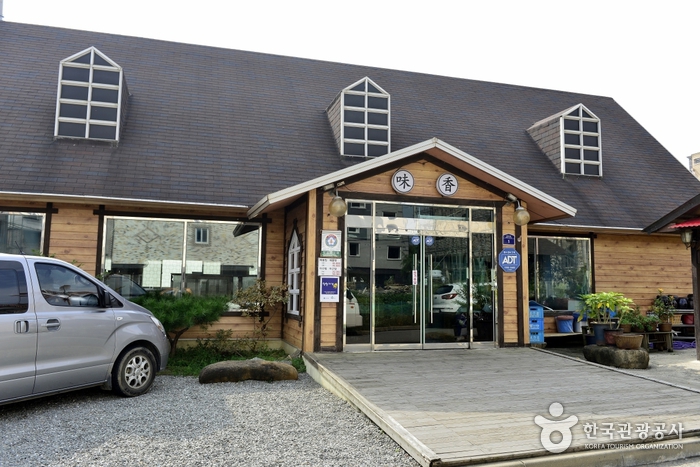
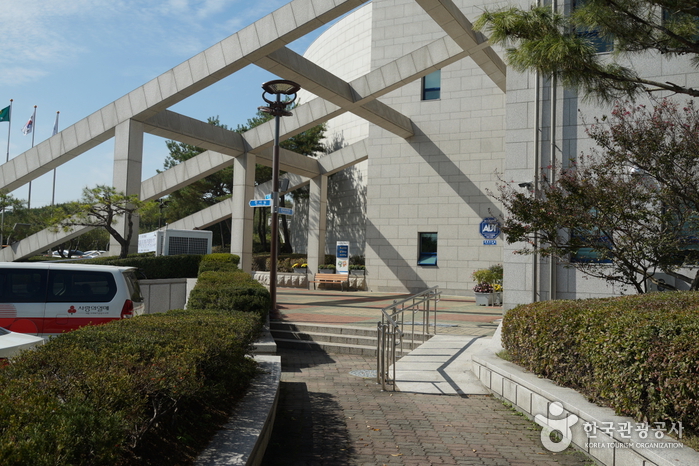
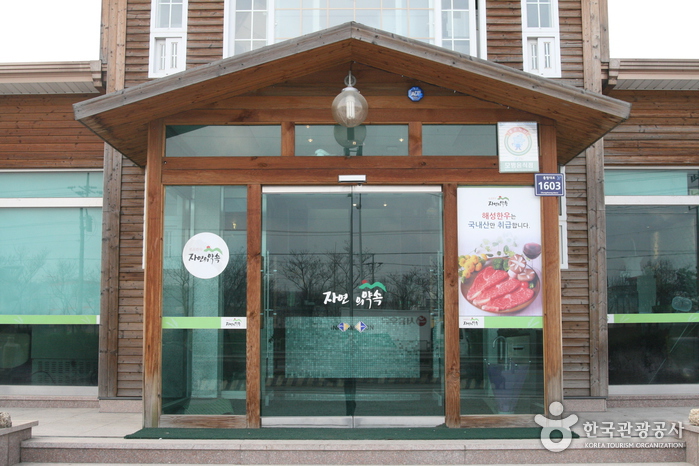
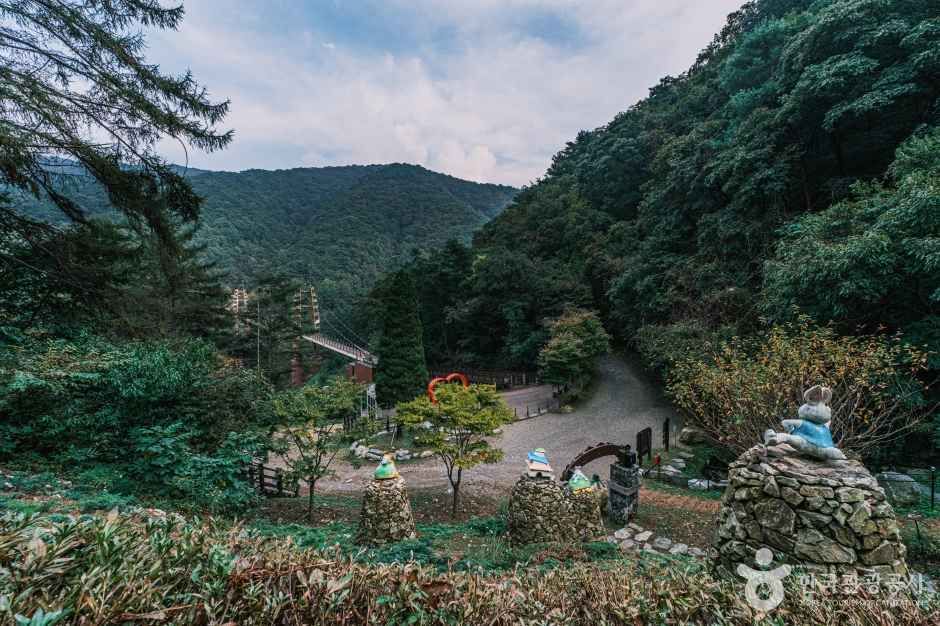

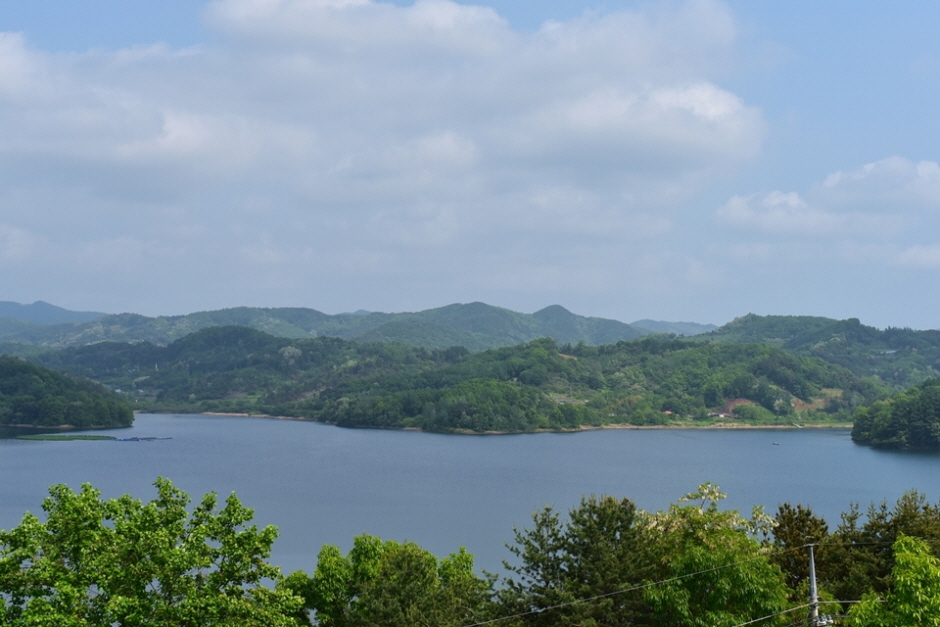
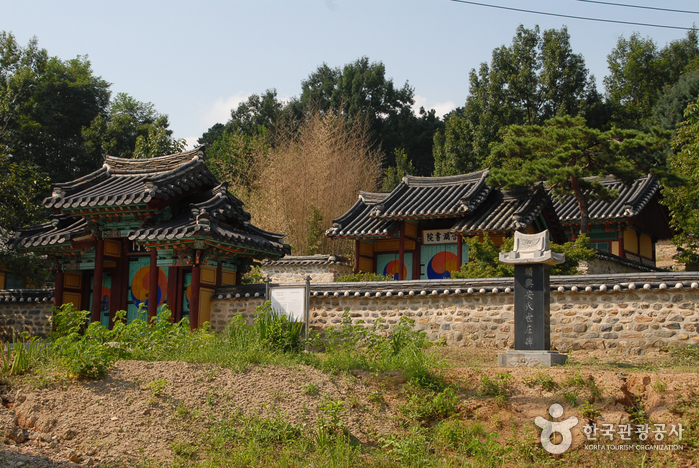
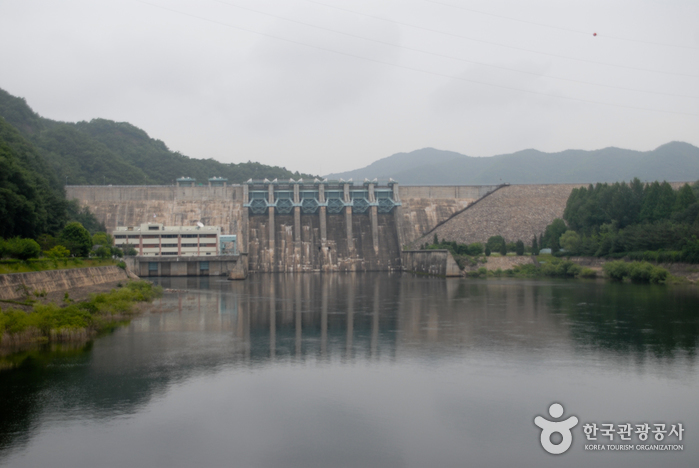
 English
English
 한국어
한국어 日本語
日本語 中文(简体)
中文(简体) Deutsch
Deutsch Français
Français Español
Español Русский
Русский